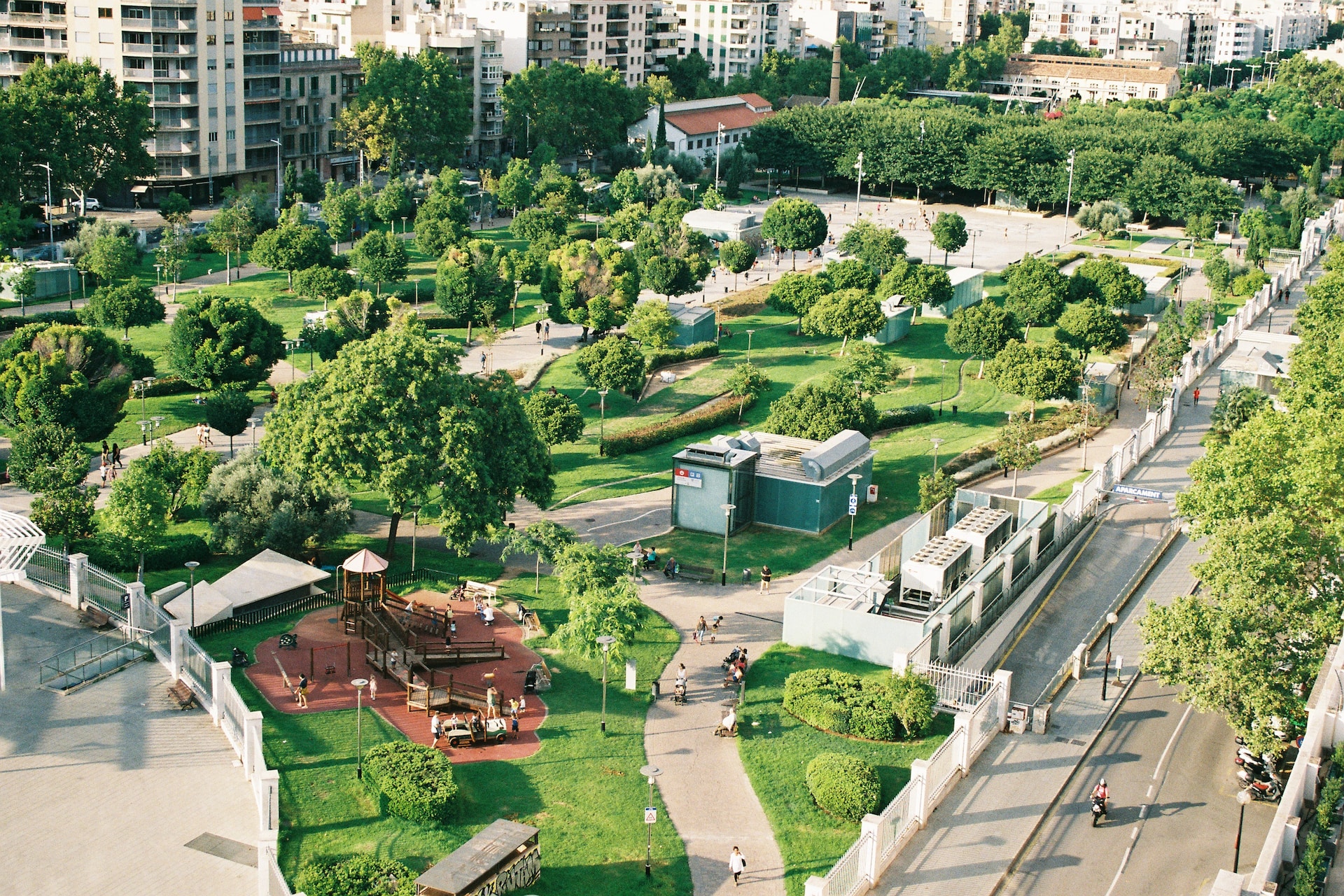
Digital Editor Weronika Bialek explores the potential for green cities to revolutionise our daily lives, despite the challenges to implement these changes.
For those who care about the environment, green cities seem like the obvious reality we must start heading towards if we want to save the planet. However, are green cities worth the investment, and are they a viable option?
The benefits of green cities
Green cities not only benefit the environment, but they also aid the mental and physical wellbeing of humans.
For example, one of the main goals of green cities is the reduction of pollution. Light pollution hugely impacts animals and plants. Streetlamp-lit nights stop birds from being able to migrate, since they cannot follow the stars, and nightlight also disturbs the pollination of plants. Light pollution also effects humans. Lit-up streets mess with people’s sleeping schedules and therefore cause sleeping problems.
Green cities not only benefit the environment, but they also aid the mental and physical wellbeing of humans
Green cities also help control air pollution, as big trees can retain up to 20kg of dust and 5.4 metric tons of CO2 a year. Therefore, having more greenery in cities can help combat global warming. Having many trees and greenery in cities also supports good health in people, as atmospheric pollution has led to 4.2 premature deaths in the world in 2016 – according to WHO – and many respiratory illnesses, such as asthma and chronic coughs can be caused by air pollution which can be cleared by plants.
Another goal of green cities is to build infrastructure which encourages walking and cycling, rather than driving a car. This of course can lead to reduced emissions of CO2, but it can also create a healthier community, as cycling is known to reduce stress and increase cardiovascular fitness. This goes hand in hand with the introduction of more green spaces such as parks, which also have a positive impact on mental and physical health, since they encourage more people to go on walks and spend time in nature.
Moreover, green cities can help us to keep cool during hot summers. Plants, such as trees and green roofs, act as natural air conditioners, and they provide shade which helps protect us from UV rays.
The downfalls of green cities
Despite the many positive effects of green cities on the environment and on our health, there are a few reasons why most cities are unlikely to go completely green in the near future.
The first reason is that transforming the whole infrastructure of a city requires a high initial investment. Although studies have shown that green buildings will eventually lead to big savings, it may take between ten to eighty years for the turnover of the investment to happen. Therefore, for these buildings to be built, businesses have to be prepared to lose money and not see it come back to them for potentially decades. This is unlikely to happen unless the values of business align with the ecological and societal goals of green cities, which is often not the case.
Furthermore, the materials needed for the building of green cities may be difficult to come by and expensive to acquire. The same goes for the niche architectural and engineering knowledge needed to make these cities come to life.
For all aspects of city life to be changed and to become ‘green’, the local council has to want to support and invest in these changes
Finally, the main reason for why most cities will not become fully green, is because the local council of each city has to be completely onboard with the project for it to become a reality. Individual businesses can build eco-buildings if they want to, but for all aspects of city life to be changed, such as turning off streetlamps after a certain time or reconstructing roads to encourage cycling, the local council has to want to support and invest in them.
A local council which supports green cities can only happen if the people decide to vote for green political parties, and even then, we can’t be sure that the party will be able to keep to their promises. Furthermore, even if one or two cities in the country decide to become green, the likelihood of all cities taking on these measures, is extremely low.
So, are green cities worth it?
In terms of environmental and health benefits, green cities absolutely seem like the correct direction for a healthier and happier community and planet; however, the problem lies in the funding that is required to make these cities a reality. Even if certain cities were to vote in a local government which supports these green projects, this would not offset the pollution created by other cities which won’t choose to go down this path.
That being said, I don’t think that we should stop pushing our local governments to make green changes and we should still get involved in green projects in our cities. This way, a part of all of our cities can become greener, even if there are other parts which are out our control. Although we cannot make every city in the world 100% eco-friendly, we can all make small changes in our community which help the environment.
Enjoyed this article? Check out more from Sci&Tech’s Climate Questions Feature below!
Climate Questions: Should We Resurrect Extinct Species?
Climate Questions: Should We be Funding Space Exploration?
Climate Questions: Should We Be Building More Nuclear Power Plants?

Comments